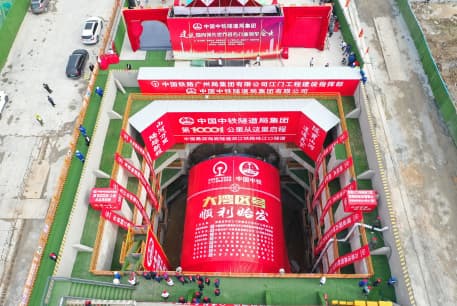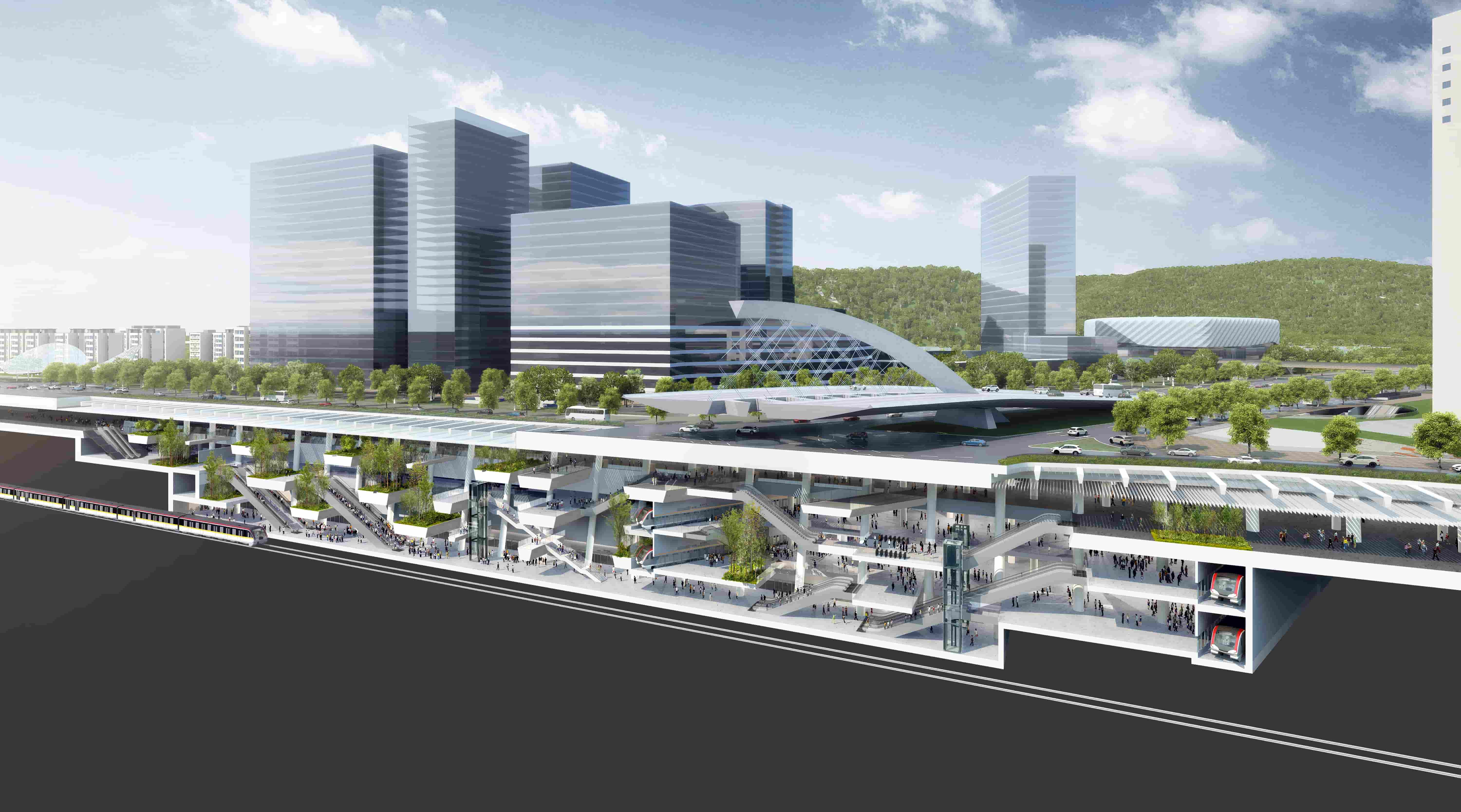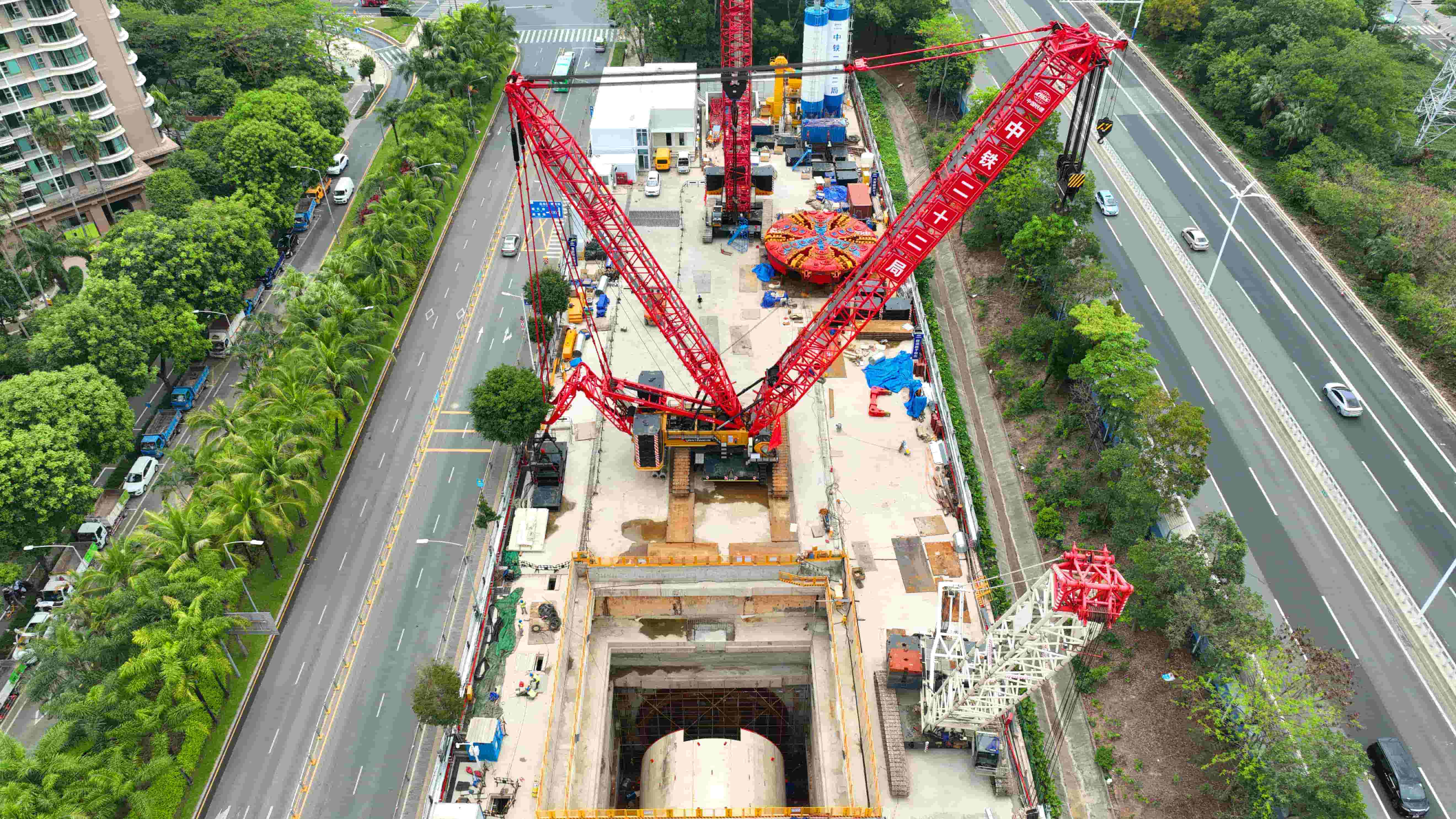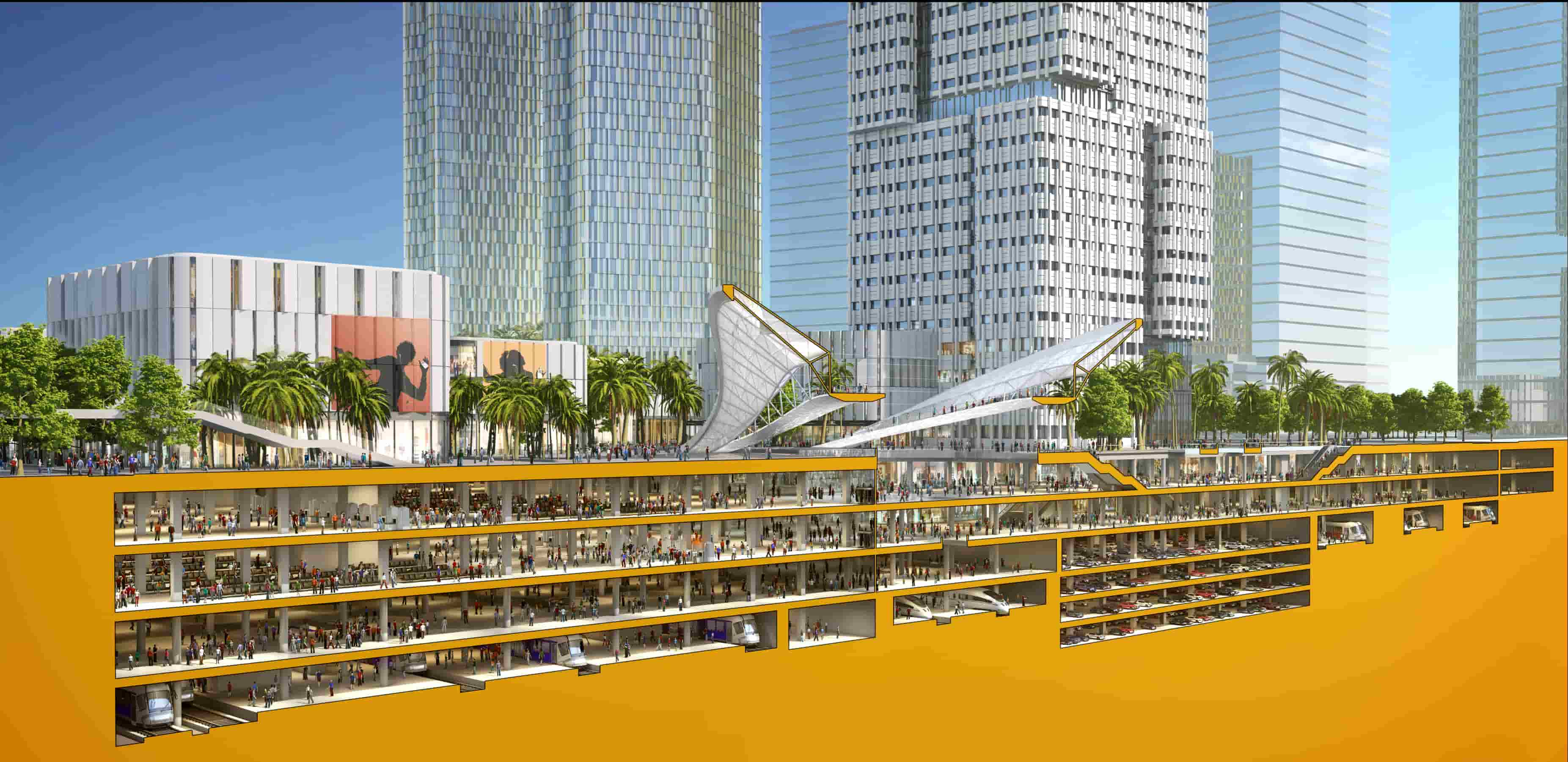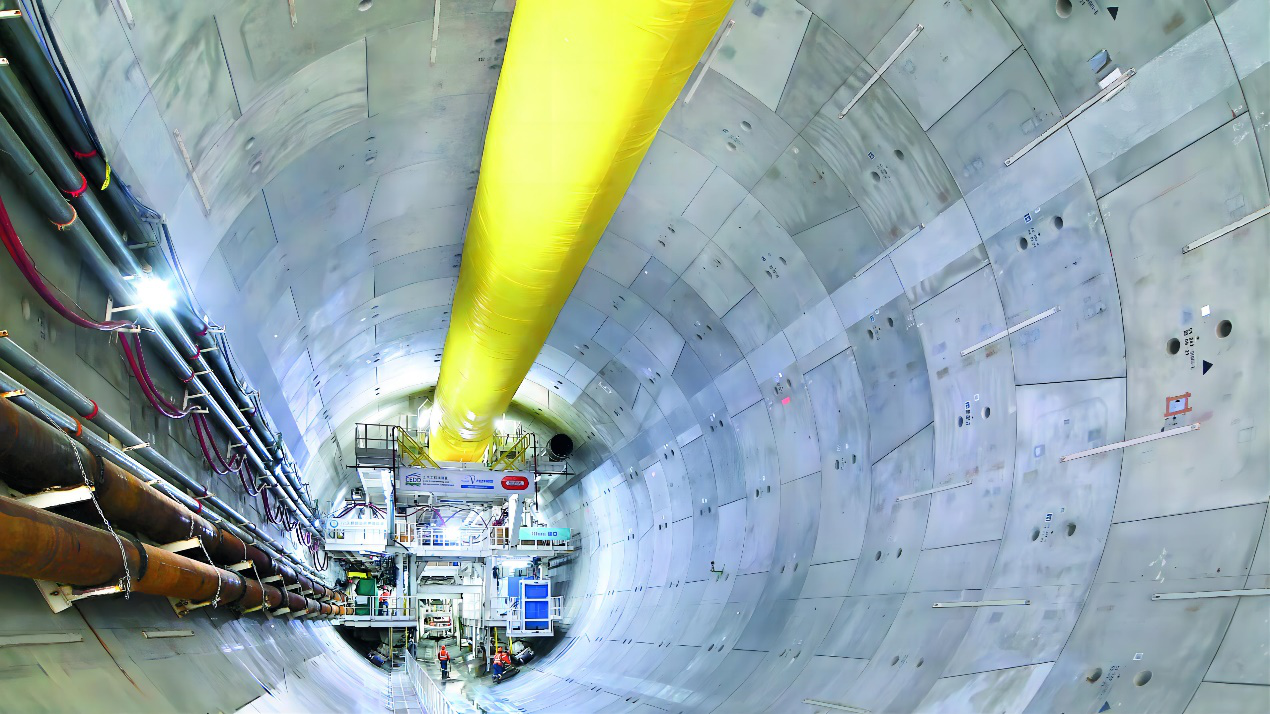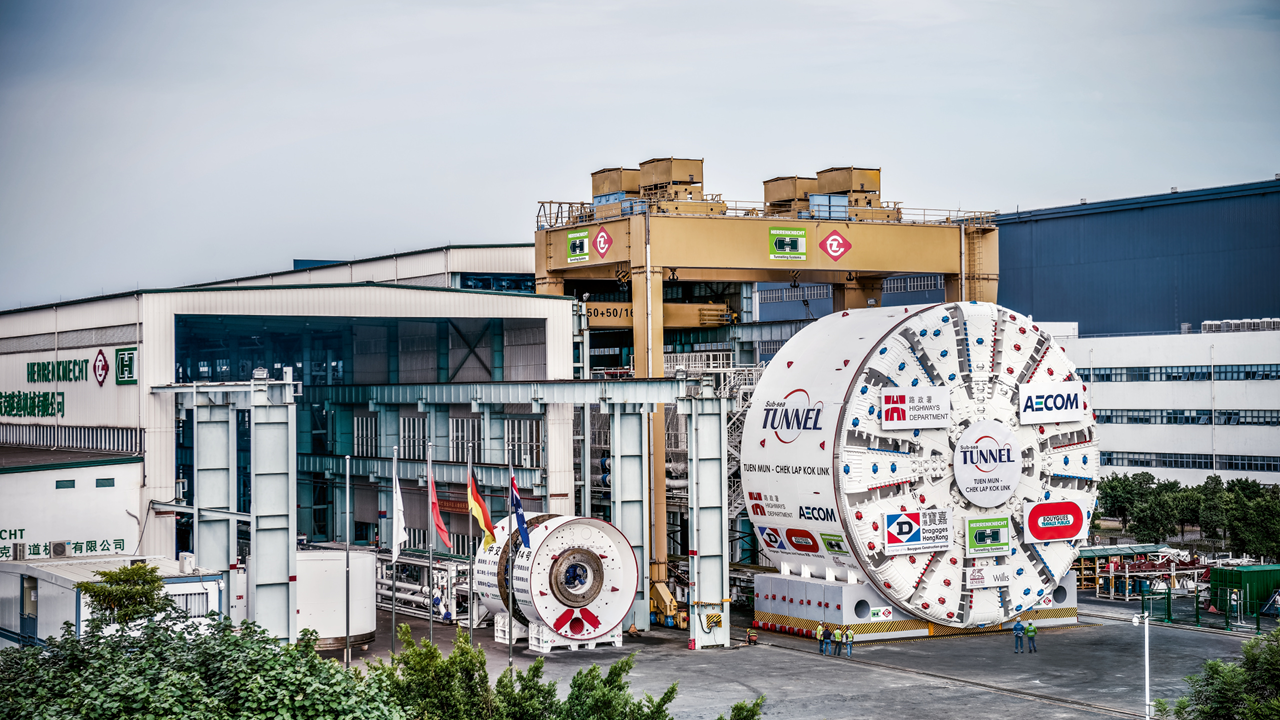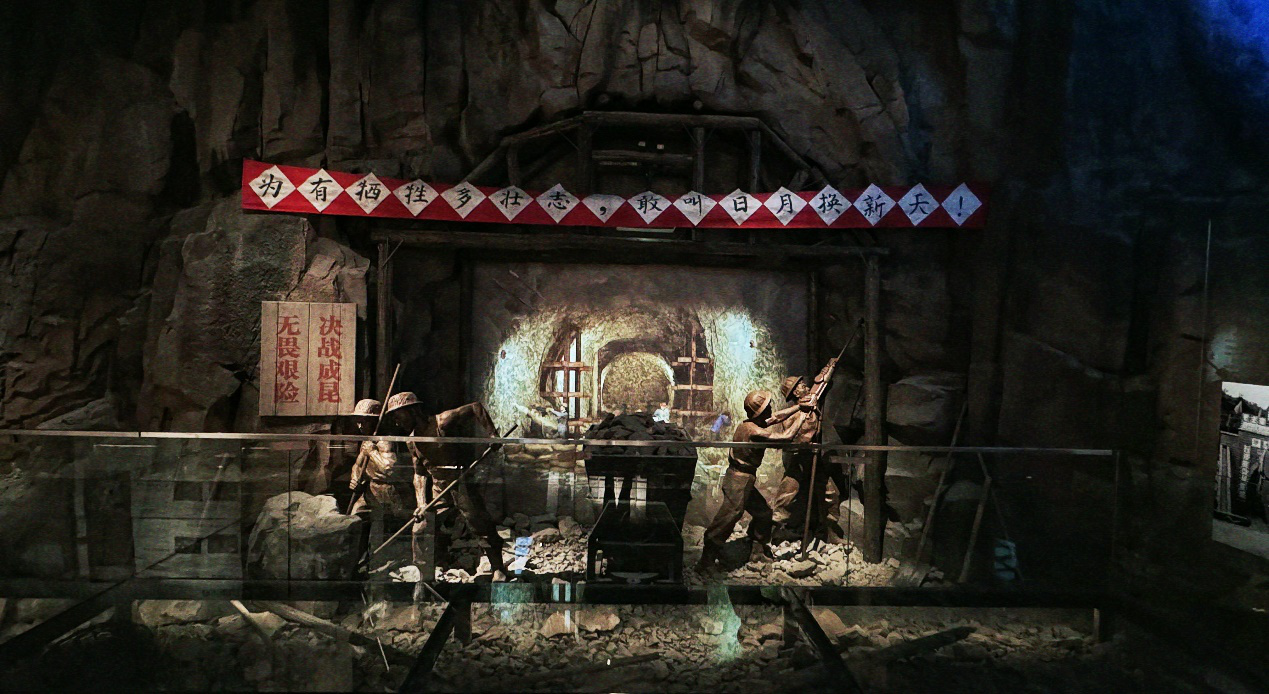Home > Congress
Technical Visits
Technical Visits
Note:
1. The minimum number of visitors for each project visit is 10 people.
2. In each morning or afternoon, you can only choose one project to visit.
If the number of visitors for the route and the batch does not reach the minimum requirement, PCO will adjust the visit batch or route according to the situation. PCO reserves the rights to the final interpretation. Thank you for your understanding.





